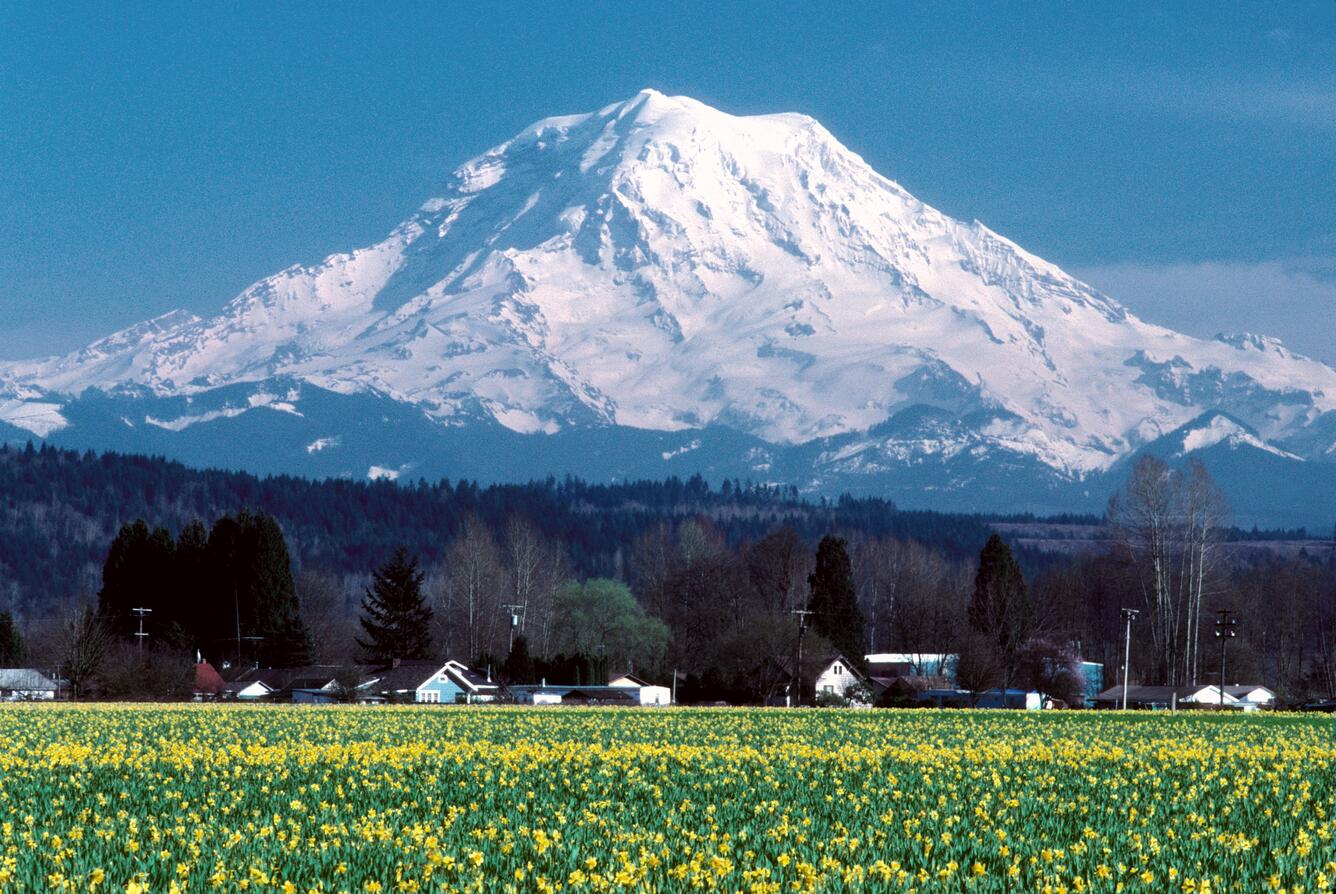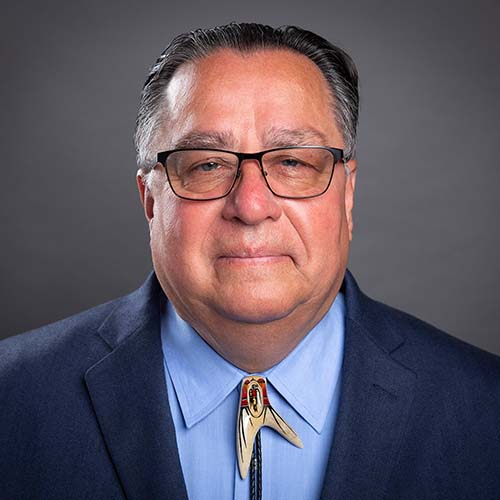
- Details
- By Kaili Berg
The Puyallup Tribal Council and Puyallup Tribal Language Program celebrated the publication of a historic paper that gives a comprehensive linguistic analysis of the many Native names for Pacific Northwest landmark Mount Rainier.
Published on February 21, International Mother Language Day, in Living Languages Journal, An Analysis of the Names for Mount Rainier provides the first comprehensive examination of Indigenous names tied to the mountain.
Authored by Dr. Zalmai ʔəswəli Zahir, a Lushootseed Language Consultant for the Puyallup Tribe, the research dives into the history, linguistics, and meanings of these names.
The study identifies at least 20 different Indigenous names used by seven distinct Tribal languages, with 18 of them being of Salishan origin.
Among these names, taqʷuʔmaʔ is one of the most widely recognized in the Lushootseed language. This term later influenced Tahoma, a name still reflected in local institutions like Mount Tahoma High School and the Puyallup Tribe’s Tahoma Market. The Yakama word tax̌úma is another variation that evolved from taqʷuʔmaʔ.
Dr. Zahir’s analysis offers insight into their linguistic structures, historical evolution, and metaphorical meanings. Many of these names reflect Indigenous perspectives, traditional stories, and the spiritual connection between Native communities and the mountain.
While Indigenous communities have long called the mountain by its various Native names, the name “Mount Rainier” was imposed by British explorer Captain George Vancouver in the late 1700s.
Vancouver named the peak after Peter Rainier, a British admiral who never set foot in the region and had fought against the American colonies during the Revolutionary War. The study highlights that, unlike its colonial designation, the Indigenous names date back centuries, possibly to the Proto-Salish era.
“The many names of the Mountain are incredibly valuable to all the people of this land because our Mountain’s name is alive. Our sacred Mountain is alive. We continuously honor our Grandmother Mountain. We will always remember that she continually feeds our people. This paper helps remind us of where our continuous life comes from,” Amber Hayward, Director of the Puyallup Language Program said in a press release.
The full paper is accessible online through Living Languages Journal, published by the University of Massachusetts Amherst Libraries. It can also be found on the Puyallup Tribe’s Language Program website.
More Stories Like This
50 Years of Self-Determination: How a Landmark Act Empowered Tribal Sovereignty and Transformed Federal-Tribal RelationsNavajo Nation President Nygren Files in Court to Halt Removal Legislation
Alcatraz Sunrise Gathering Marks 50 Years of Indigenous Activism
Navajo Nation Vice President Distances Herself From President After Removal Resolution
Navajo Council Speaker Introduces Legislation to Remove Navajo Nation President, Vice President Amid Ethics Complaint
Help us tell the stories that could save Native languages and food traditions
At a critical moment for Indian Country, Native News Online is embarking on our most ambitious reporting project yet: "Cultivating Culture," a three-year investigation into two forces shaping Native community survival—food sovereignty and language revitalization.
The devastating impact of COVID-19 accelerated the loss of Native elders and with them, irreplaceable cultural knowledge. Yet across tribal communities, innovative leaders are fighting back, reclaiming traditional food systems and breathing new life into Native languages. These aren't just cultural preservation efforts—they're powerful pathways to community health, healing, and resilience.
Our dedicated reporting team will spend three years documenting these stories through on-the-ground reporting in 18 tribal communities, producing over 200 in-depth stories, 18 podcast episodes, and multimedia content that amplifies Indigenous voices. We'll show policymakers, funders, and allies how cultural restoration directly impacts physical and mental wellness while celebrating successful models of sovereignty and self-determination.
This isn't corporate media parachuting into Indian Country for a quick story. This is sustained, relationship-based journalism by Native reporters who understand these communities. It's "Warrior Journalism"—fearless reporting that serves the 5.5 million readers who depend on us for news that mainstream media often ignores.
We need your help right now. While we've secured partial funding, we're still $450,000 short of our three-year budget. Our immediate goal is $25,000 this month to keep this critical work moving forward—funding reporter salaries, travel to remote communities, photography, and the deep reporting these stories deserve.
Every dollar directly supports Indigenous journalists telling Indigenous stories. Whether it's $5 or $50, your contribution ensures these vital narratives of resilience, innovation, and hope don't disappear into silence.
 The stakes couldn't be higher. Native languages are being lost at an alarming rate. Food insecurity plagues many tribal communities. But solutions are emerging, and these stories need to be told.
The stakes couldn't be higher. Native languages are being lost at an alarming rate. Food insecurity plagues many tribal communities. But solutions are emerging, and these stories need to be told.
Support independent Native journalism. Fund the stories that matter.
Levi Rickert (Potawatomi), Editor & Publisher

